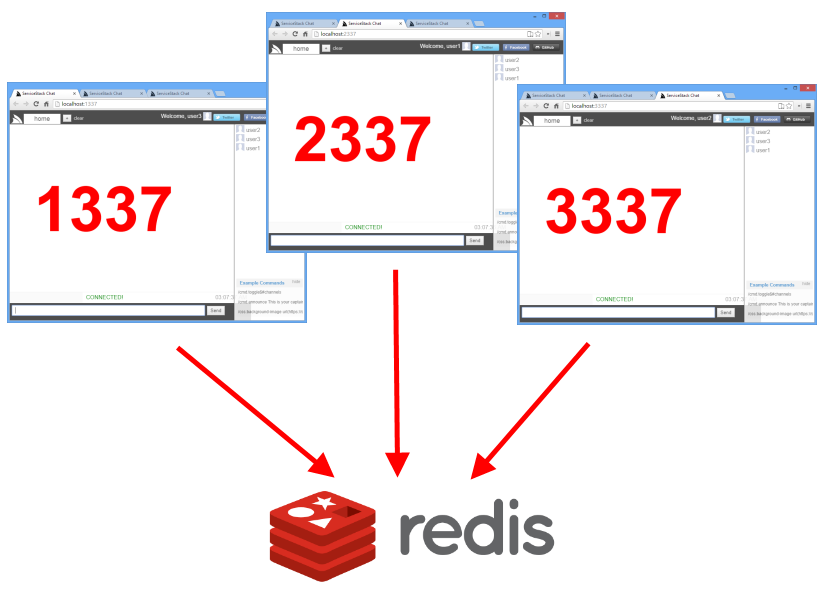· Kalpa Madhushan · freelancing · 4 min read
How to Start Freelancing Without Any Experience in 2025
Discover actionable steps to kickstart your freelancing career in 2025, even if you have no prior experience. Learn how to identify skills, choose a niche, and find your first clients.

How to Start Freelancing Without Any Experience in 2025
When I started freelancing, the biggest question I had was how to get my first client. I had no portfolio, no testimonials, and no idea where to begin. But over time, I discovered proven methods that worked, and I’ll share them with you today. Whether you’re looking to escape the 9-to-5 grind, earn extra income, or start your own business, freelancing is an exciting journey—and you don’t need prior experience to succeed.
Table of Contents
- Introduction: Why Freelancing in 2025 Is a Great Opportunity
- Step 1: Identify Your Skills and Strengths
- Step 2: Choose Your Freelance Niche
- Step 3: Build a Simple Portfolio
- Step 4: Leverage Freelancing Platforms
- Step 5: Network and Market Yourself
- Comparison Table: Top Freelancing Platforms
- Pro Tips for Freelancing Success
- Conclusion: Take Action Today
Introduction: Why Freelancing in 2025 Is a Great Opportunity
Freelancing continues to grow exponentially. By 2025, it’s estimated that over 50% of the workforce in developed economies will engage in freelancing in some capacity. With the rise of remote work, digital tools, and global connectivity, there has never been a better time to start freelancing—even if you’re starting from scratch.
Step 1: Identify Your Skills and Strengths
Everyone has marketable skills, even if they don’t realize it. Start by making a list of your strengths and experiences. These could include:
- Writing, editing, or communication skills.
- Graphic design or creative abilities.
- Technical expertise like coding or IT support.
- Administrative skills like data entry or scheduling.
Pro Tip: If you’re unsure about your skills, take a free online skills assessment. Websites like SkillsYouNeed and Indeed Career Guide can help you pinpoint your strengths.
Step 2: Choose Your Freelance Niche
Once you’ve identified your skills, narrow them down to a specific niche. A niche allows you to stand out in a crowded market. For example:
- Instead of “writer,” position yourself as a “B2B content writer for SaaS companies.”
- Instead of “graphic designer,” brand yourself as a “logo designer for startups.”
Questions to Help You Choose a Niche:
- What industries do you enjoy or have experience in?
- What problems can you solve for businesses or individuals?
- What services are in high demand?
Pro Tip: Research trending freelance niches using tools like Google Trends or Upwork’s Talent Trends reports.
Step 3: Build a Simple Portfolio
A portfolio is essential, even if you’re starting without clients. Here’s how to create one:
- Create Sample Work: Design mock projects or write sample articles tailored to your niche.
- Use Free Tools: Canva for design, WordPress for blogs, or GitHub for coding projects.
- Showcase Testimonials: If you’ve helped friends or family, ask them for feedback to display.
Pro Tip: Use a free portfolio builder like Behance, Dribbble, or even a LinkedIn profile to showcase your work.
Step 4: Leverage Freelancing Platforms
Freelancing platforms are an excellent way to find clients. Here are some of the top platforms to consider:
- Upwork: Great for beginners but competitive.
- Fiverr: Ideal for offering niche services at competitive rates.
- Toptal: High-end platform for experienced professionals.
- Freelancer: Offers a wide range of projects but can be challenging for new freelancers.
For a comprehensive guide on freelancing platforms, check out our detailed article: The 15 Best Freelancing Platforms for Newbies and Pros
Step 5: Network and Market Yourself
Your personal network can be a goldmine of opportunities. Start by letting friends, family, and colleagues know you’re freelancing. Use platforms like LinkedIn to connect with potential clients.
Quick Marketing Tips:
- Join Facebook or Reddit groups related to your niche.
- Share your work on social media to attract potential clients.
- Attend industry webinars and networking events.
Pro Tip: Cold pitching can work wonders. Reach out to small businesses or startups with personalized emails offering your services.
Comparison Table: Top Freelancing Platforms
| Platform | Best For | Fees | Ease of Use | Key Features |
|---|---|---|---|---|
| Upwork | General freelancers | 5%-20% | Medium | Wide range of projects |
| Fiverr | Niche services | 20% | Easy | Gig-based system, quick setup |
| Toptal | High-end professionals | None (strict vetting) | Difficult | Exclusive clients, premium rates |
| Freelancer | Broad categories | 10%-20% | Medium | Contest feature, global projects |
Pro Tips for Freelancing Success
- Set Realistic Rates: Research industry standards to avoid undervaluing yourself.
- Focus on Client Relationships: Deliver quality work and communicate effectively.
- Continue Learning: Stay updated with new tools and trends in your niche.
- Invest in Tools: Platforms like Trello, Asana, or Grammarly can streamline your workflow.
- Stay Persistent: The first few months may be challenging, but consistency pays off.
Conclusion: Take Action Today
Starting freelancing without experience may seem daunting, but with the right steps, it’s entirely possible. Identify your skills, choose a niche, build a simple portfolio, and leverage online platforms to find your first clients. Most importantly, stay consistent and keep learning.




